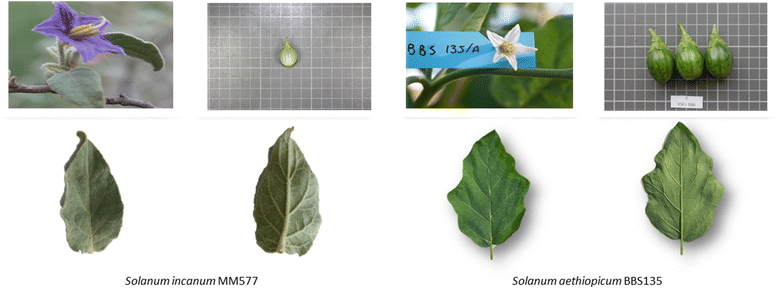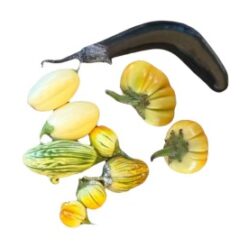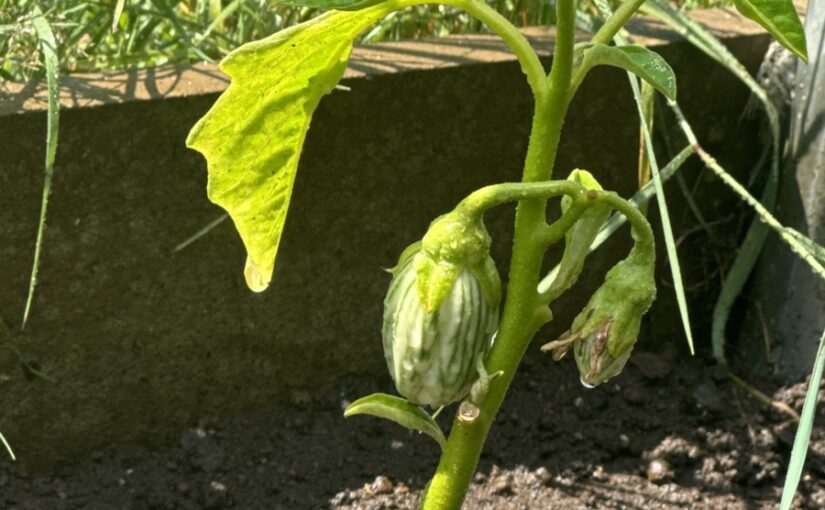Observing the cultural crop, Solanum aethiopicum, and its significance in Tanzania, Africa.
National Park Region- Serengeti

Throughout the Serengeti, I stayed at three different tourist camp locations: East at a private reserve, North near Mara River, and Central Serengeti. The Serengeti National Park exists on stolen land, home to local tribes such as the Maasai. Maasai people have been persistent inhabitants for immemorial existence before the designation of a national park and government control of the land; the Maasai still remain active participants of land stewardship around both the Serengeti and Ngorongoro regions, although, they till face the oppression of ongoing colonialism.
Conservation Area- Ngorongoro Crater
I spent time in the surrounding area of Ngorongoro Crater at an agri-tourism site, Gibb’s Farm. Gibb’s farm is a transformed coffee plantation, now a diverse organic farm residing in Karatu, Tanzania. This lands exists with gratitude to surrounding tribes such as the Maasai and Iraqw. Both Maasai and Iraqw are agriculture centric communities. Herds of cattle, sheep, and goats are necessity to Maasai wealth. Iraqw people rely on land for producing a variety of fruits and vegetables along with some cattle.


Wild Relatives of Eggplant
While on a walk with two people from the local Maasai community, Dickson and William, we came across the bitter fruit, Solanum incanum. I was told Maasai slice this fruit and use it for tooth aches, and it has an extremely bitter taste.


I immediately recognized similar botanical features of Solanum incanum to Solanum aethiopicum. I observed similar leaf shape, flower, and fruit. Leafs velvety with small hairs, petiolate, pinnately veined with shallow lobed margins and ovate blades. Inflorescences have 5 petaled flowers, with superior reproductive organs: anthers surrounding a center pistil. I noticed the downward petals and a protruding center that appears on many Solanaceous crops.
I kept noticing the similarities between the Solanum incanum and Solanum aethiopicum crops- bitter fruits and botanical anatomy- so, I decided to search the two varieties once I had service. Interestingly, Solanum incanum does appear to be a wild relative to cultivated eggplant(Wikipedia, 2024). Apparently, both species even share the same common name ‘bitter tomato’.

As I was researching I came across a genetic analysis between Solanum aethiopicim and Solanum incanum, suggesting interesting interspecific variation.
“. . .the lowest variation was found between S. incanum and S. aethiopicum (15,162 SNVs).”
Gramazio, et al., 2016
Culinary and Cultural Use


I first stumbled upon this crop at dinner when I heard we were having ‘bitter tomato’ with our meal. They were served grilled, whole, with their tops and bottoms sliced off. I asked the camp manager about the bitter tomato naming it an eggplant, he said “no- bitter tomato”. It was clear that ‘bitter tomato’ is the common translation. Then, I asked our tour guide, Hashim, about bitter tomato relating to eggplant species showing him a photo of the Simeon’s White crop that we are cultivating at Evergreen. He confirmed that it is the same crop translated to bitter tomato or ‘nyanya chungu’ in Swahili, also called ‘ngogwe’. He said that the varieties commonly grown appear to be more round rather than oval, and there is likely a variety of modified seeds. Hashim thinks the round fruits are more bitter than ovular fruits.
In culinary uses, Hashim said bitter tomato is often used as an enhancement, due to the intense bitterness. It’s cooked into stews along with sliced okra, carrots or coconut. And, eaten raw! Similarly, I spoke with chefs, Rebecca and Mariam, who said they often prepare the bitter tomato grilled with oil, salt and pepper, for a side serving at the camp meals. Chefs also said it is commonly cooked in a stew with fatty meats, tomatoes, coconut milk, okra, and other vegetables on hand. The chefs store fruits at room temperature in crates on wire racks.
In transit between locations, I observed white-yellow cream, circular-ovular, bitter tomatoes in a couple roadside produce stands throughout Tanzania and Rwanda.


The eggplant was prepared similarly at Gibb’s Farm, called ‘Ngogwe’ on the menu. Very similar flavor and texture but this time, sliced in half instead of grilled whole.
Observing Crops at Gibb’s Farm






Solanum aethiopicum was planted at Gibb’s Farm in two locations; it was below tall tamarillo plants, Solanum betaceum; and, near low growing leafy greens (likely mustard greens). I was pleased to see the intercropping techniques, as well as the lengthy branched plants growing without a trellis needed! It’s intriguing that they were still thriving under moderately shady conditions, below another solanaceous crop, tamarillo. Alike elsewhere throughout this trip, these Solanum aethiopicum varieties appeared to be most morphologically similar to the Solanum aethiopicum var. ‘Simeon’s white’.
Trip Conclusions
Overall, I am deeply appreciative to have experienced this crop in abundance within its cultural home. Maasai’s knowledge guided the opportunity to identify and learn about the indigenous medicine of Solanum incanum, which lead me to research its potential to be a wild crop relative to Solanum aethiopicum. I saw relationships to its African names such ngogwe, nyanya chungu, and bitter tomato. I observed the cultivation of bitter tomato at an organic farm and passing by local produce stands. I learned from local chefs and eaters about typical culinary uses in the Tanzania region of Africa. While in between travel, I was joyed to engage with this crop through its ancestral history, with the many people who recognize bitter tomato in food, garden, or market routines. This trip leaves me with more questions about the cultivar history and genealogy of this crop, to understand its relation to generations of farmers, wild crop relatives, morphological variation, and bitterness genes.




























